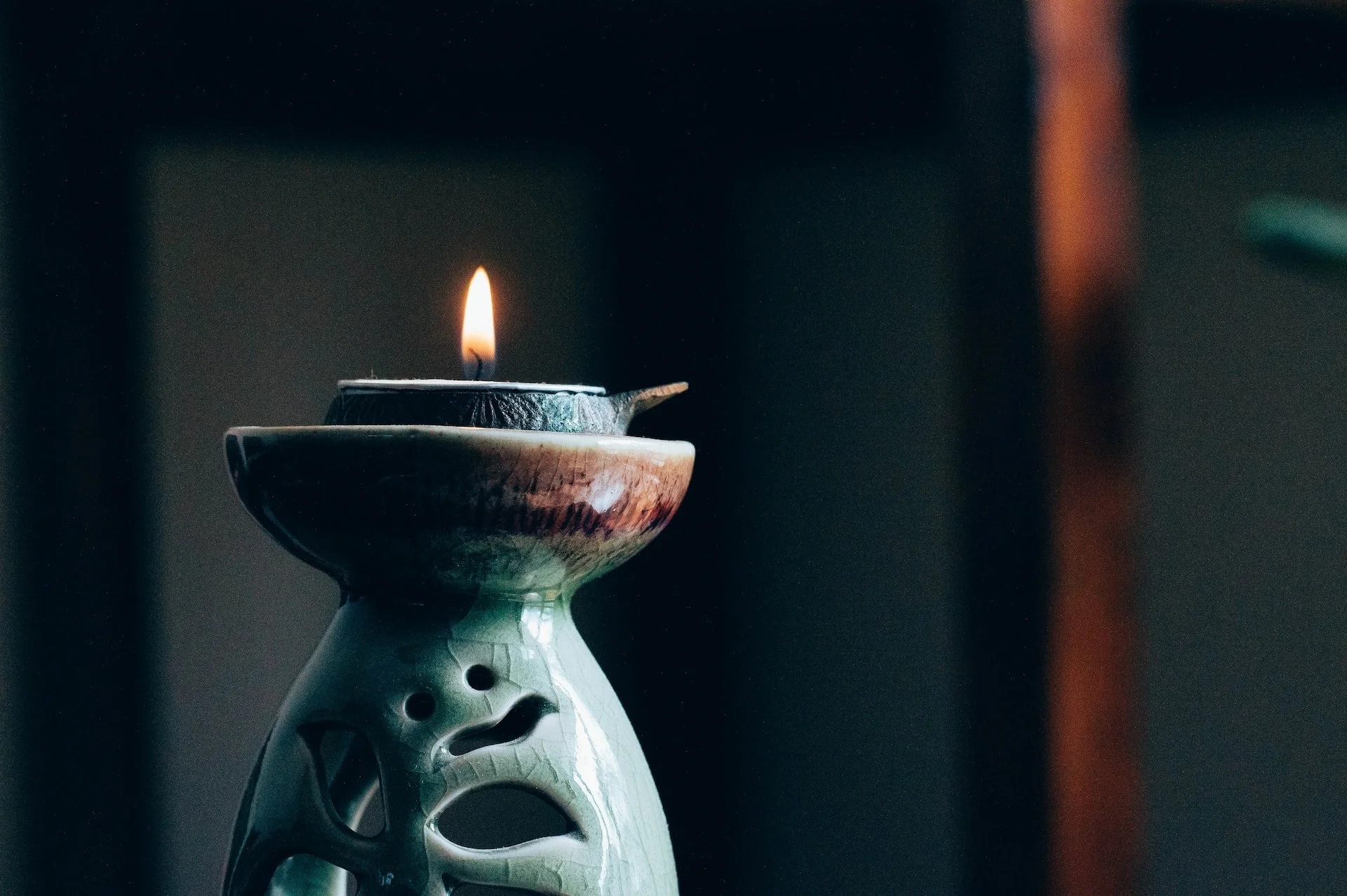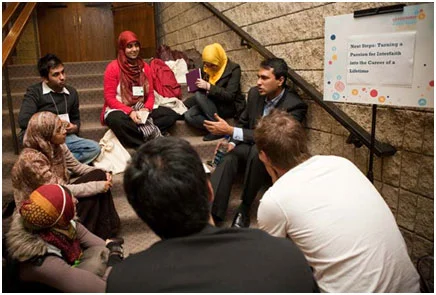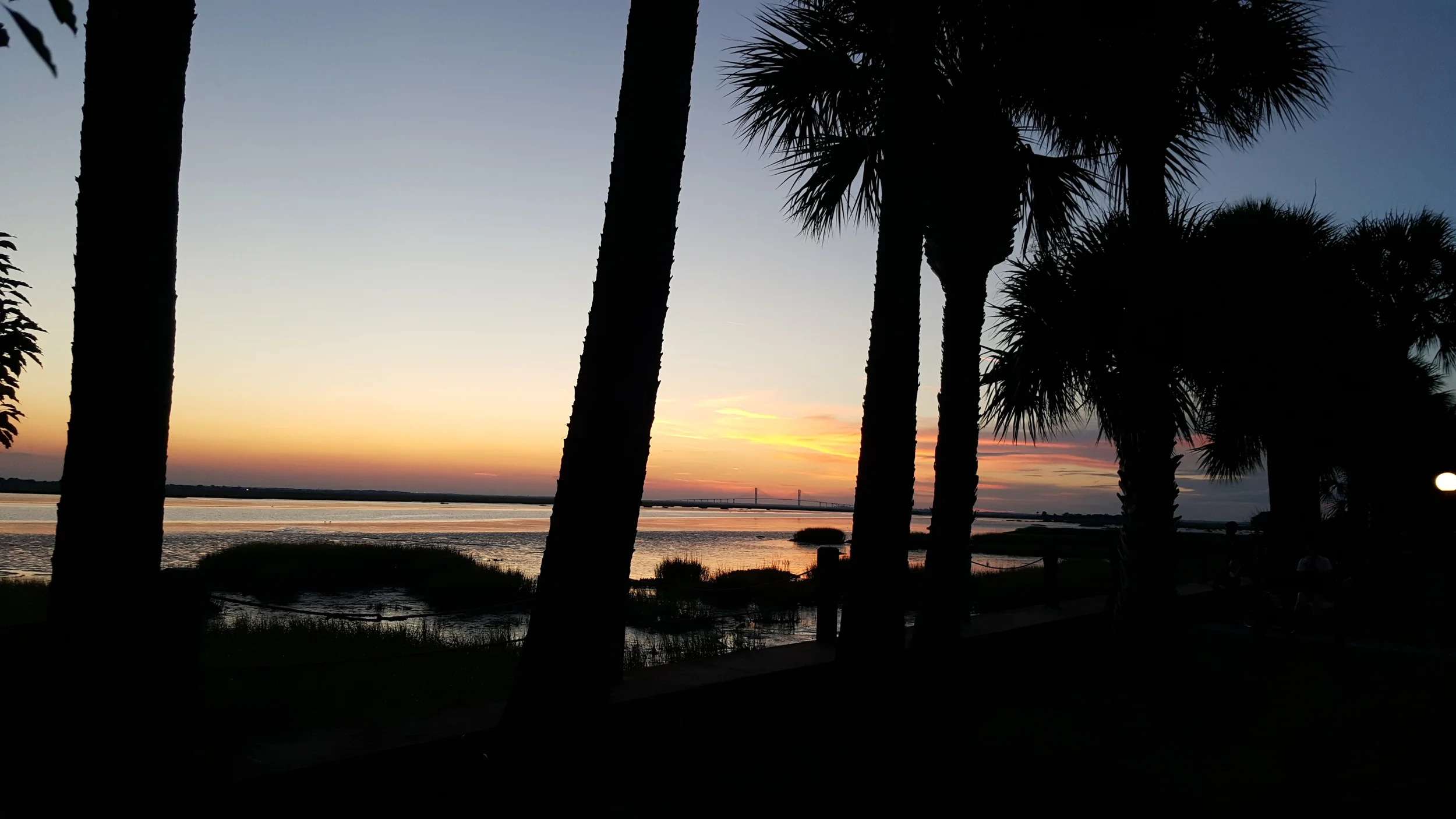During the autumn and winter of 2015 Sweden has had a great influx of refugees, mainly from Syria, Iraq, and Afghanistan. More than 250,000 men, women and children have arrived in Sweden in recent months. Sweden, a nation of nine million inhabitants, has been caught unprepared. Sweden and Germany are the two countries in Europe that have received the largest number of refugees. Södertälje, a small town south of Stockholm, has received more refugees from Iraq than all of the United States. The comparison between Europe and the U.S. in receiving refugees is stunning. The U.S. has received a total of 2,000 refugees from Syria, Iraq, and Afghanistan. Europe has received around two million people from these countries during the last six months!
















